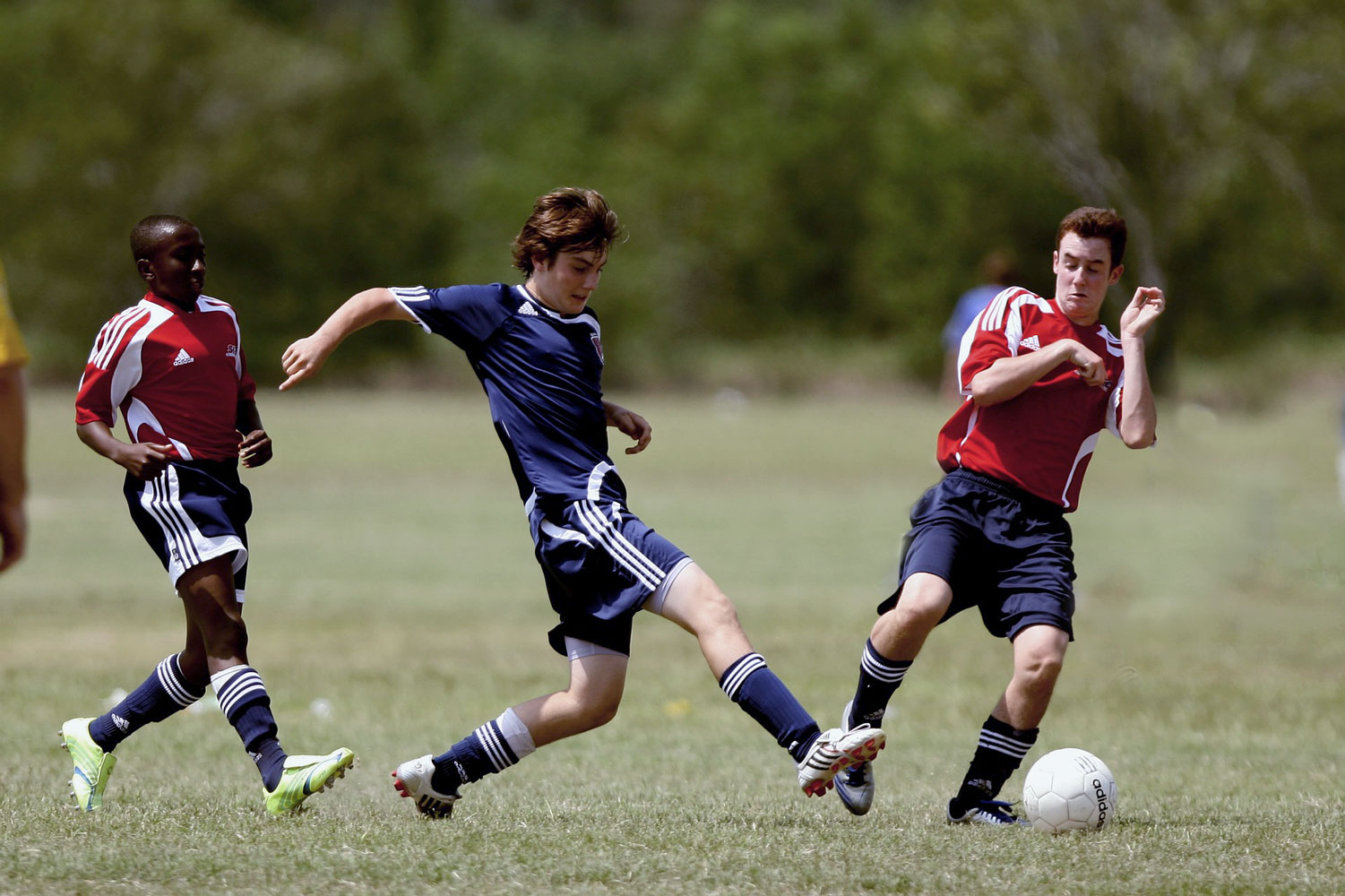We see it across our TV screens and Twitter feeds: opiate abuse is a common thread among professional athletes. Athletes have more access to prescription opioids because of the high risk of injury that accompanies sports. This in turn increases the likelihood of developing an opioid dependency and addiction. This is especially scary when those athletes are teenagers.

Why Do Teen Athletes Misuse Opioids?
Many teens don’t know about the dangers of opioid misuse. Their brains haven’t fully developed at this point, which makes teens vulnerable to the effects of drug use. Furthermore, student athletes who participate in high contact sports are more likely to misuse opioids than others because of the high risk of injury.
High school athletes are also highly likely to see an appeal from opioids that extends beyond their normal pain relief effects. High school is a very stressful time for a lot of students. Student athletes have the added pressure of performing well while still keeping up with their workload. So it makes sense that student athletes would start to seek the euphoric sensation that opioids produce to combat the stress of their daily lives.
Interestingly, studies are now showing that lifetime prescription opioid abuse among student athletes has declined in recent years. Can this be attributed to the “high” that athletes and exercisers experience when participating in physical activities?
Runner’s High

Runner’s High – the euphoric feeling that occurs when exercise/physical activity causes endorphins to release dopamine
Drugs stimulate the reward center of your brain through mu-opioid receptors. That rewarding feeling is one of the primary reasons that a drug user may become addicted. Runner’s high actually stimulates the same part of the brain. The euphoric feeling of a runner’s high is very similar to the euphoria that is paired with drug use. However, unlike the effects of illicit drugs, the body naturally produces this safe and healthy high.
Exercise also stimulates the brain’s cannabinoid receptors, increasing the body’s pain tolerance. That’s why runner’s high causes a second wind during exercise when we feel like our bodies can’t take any more. While it can’t replace the medication needed for serious injuries, the increased pain tolerance can lower the need for prescription painkillers in more minor situations.
Furthermore, participation in sports also builds confidence and healthy social bonds for students. Teen lifestyle is commonly accompanied by anxieties like the need to fit in or the stress of schoolwork. The positive developmental qualities of sports can help protect against the desire to use drugs to relieve such anxieties.
Whether it’s in an organized team or not, our daily routines should include some sort of exercise. Not only can it help to protect against the call of illicit drugs, but exercise can also help in recovery for those fighting against addiction.

